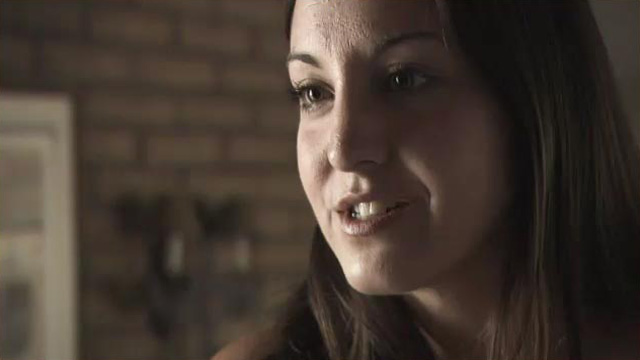


The Joint Commission standards deal with organization quality, safety-of-care issues and the safety of the environment in which care is provided. The Joint Commission’s gold seal of approval on our website shows that we have demonstrated compliance to the most stringent standards of performance, and we take pride in our accreditation. Talbott Recovery Campus is dedicated to providing the highest level of quality care to our patients. And this had led to statistics regarding crack, crime and punishment. This is because no matter how misinformed, stigmas and stereotypes related to crack use have led to unfair, racist and classist laws in terms of punishment for crack use, possession and dealing. It’s an issue every community should pay attention to, be sympathetic towards, and do something about. Over 97% of crack cocaine traffickers are United States citizens. “Black Americans, who make up 12.2% of the population,” CJPF continues, “account for 37% of crack users, meaning that they are 3.5 times more likely than whites to be regular crack users.” So while more white people use crack, and more white people are starting to use crack, crack use can seem like a problem for persons of color or minorities.Ĭrack and other drug trafficking is also often seen as the result of outside influences or international drug powers, however the United States Sentencing Commission (USSC) explains that this assumption is wrong as well. CJPF explains: “Young white people are nine times more likely to try crack cocaine than young black people.” Although the majority of crack users are white, and this majority is growing, a greater percentage of black people use the drug. Who Uses Crack CocaineĬrack was once seen as an inner city, urban and minority problem. No matter who you are or where you are in life, you aren’t alone if you struggle with crack, cocaine, or other addictions. residents aged 12 and older used crack at least once in their lifetime.” A lot of people have used crack, and a lot of those people do not fit the stereotypes about who uses or why. And the National Drug Intelligence Center reports, “an estimated 6,222,000 U.S.


 0 kommentar(er)
0 kommentar(er)
